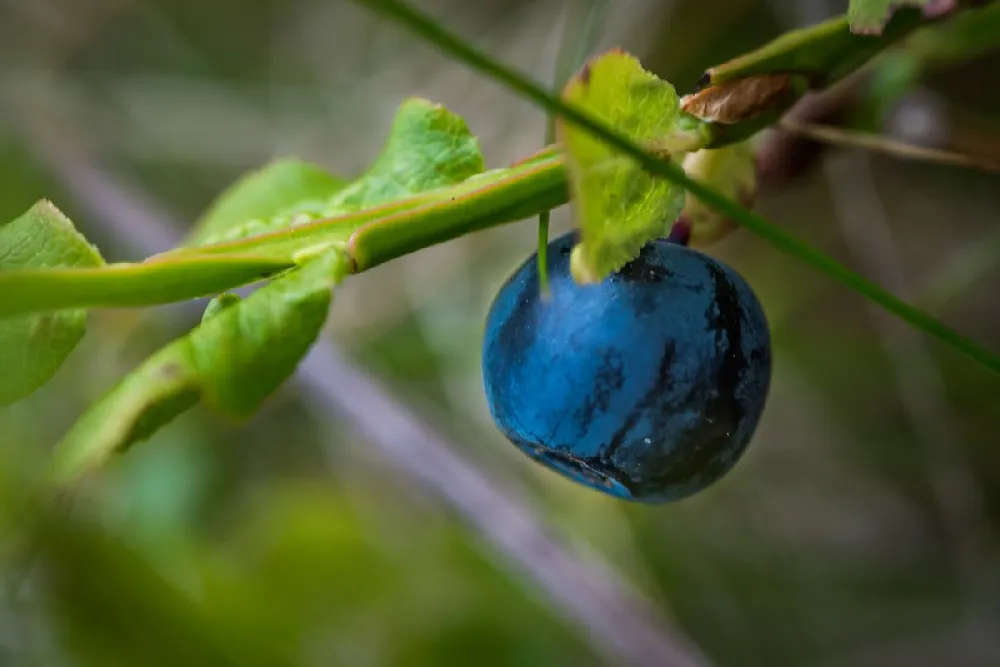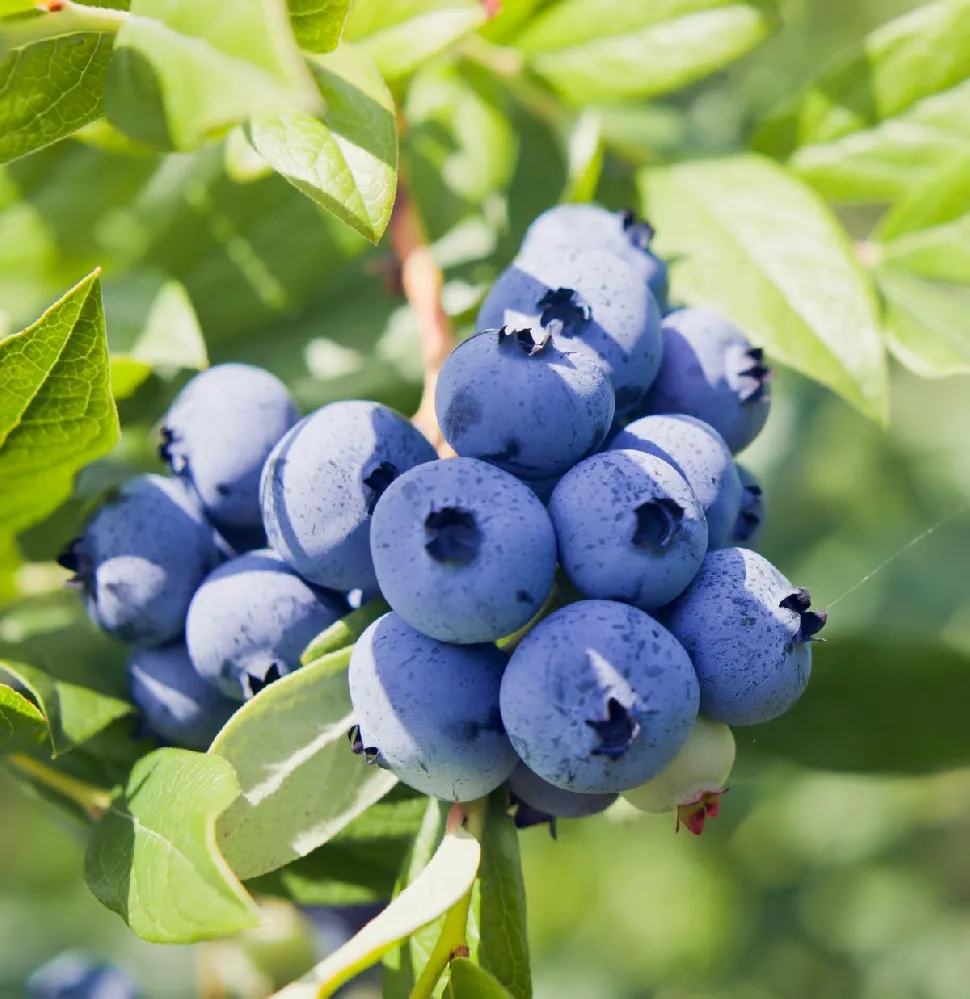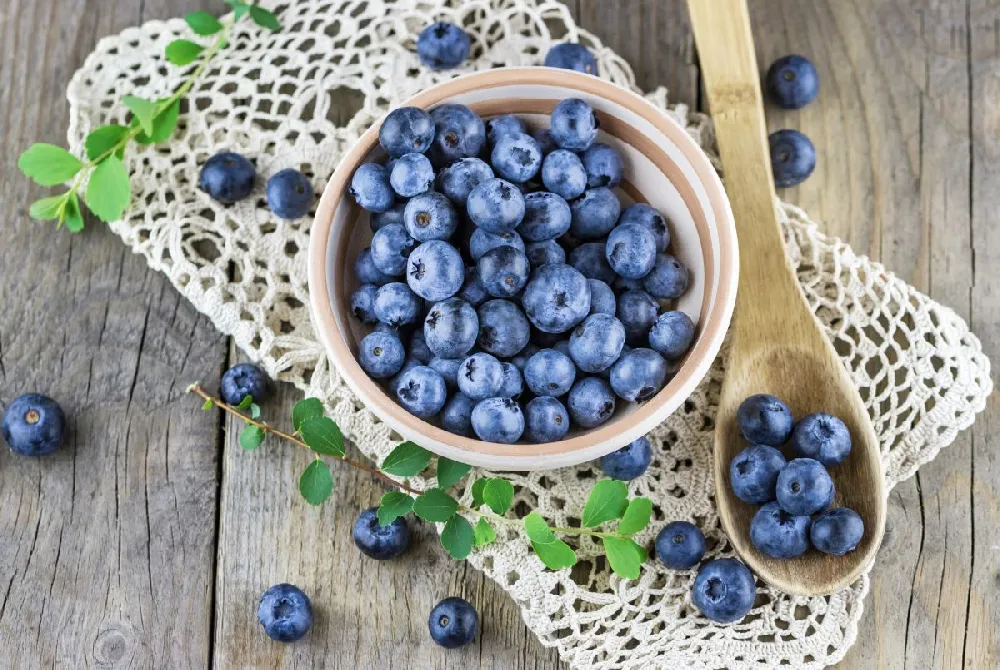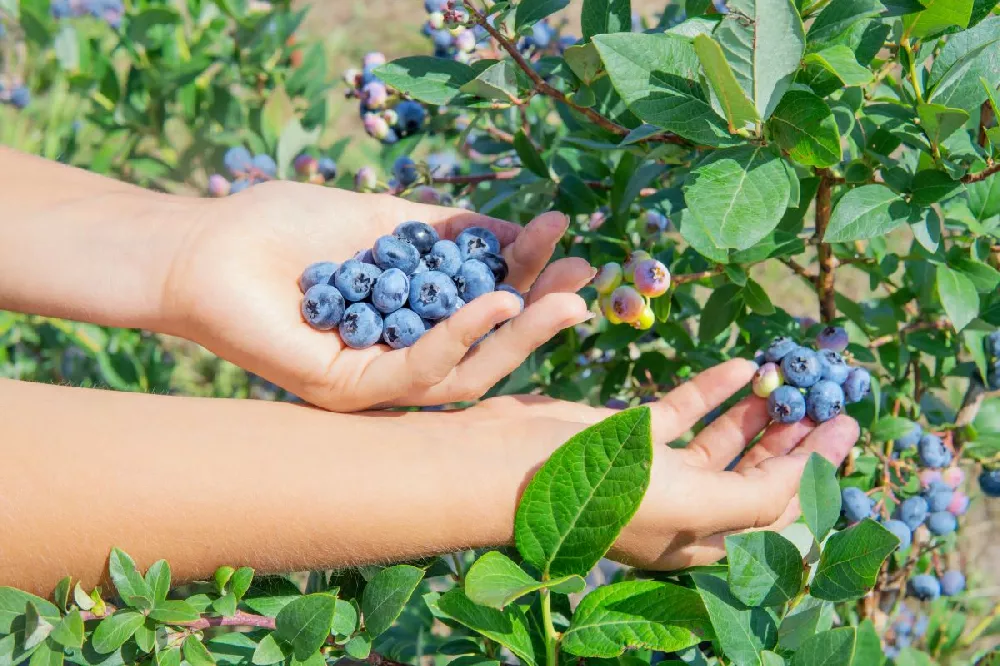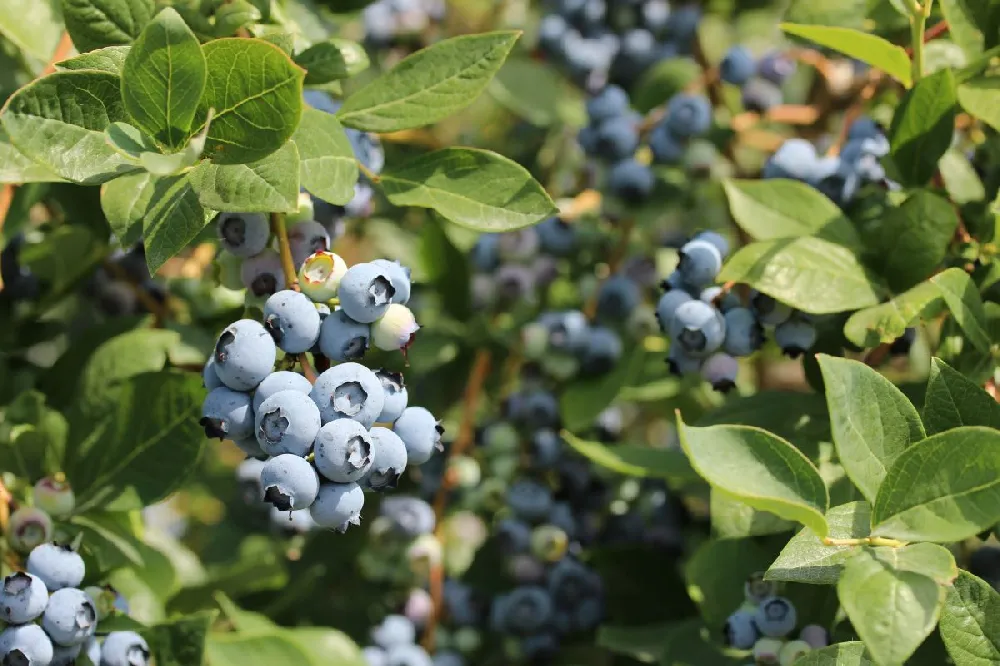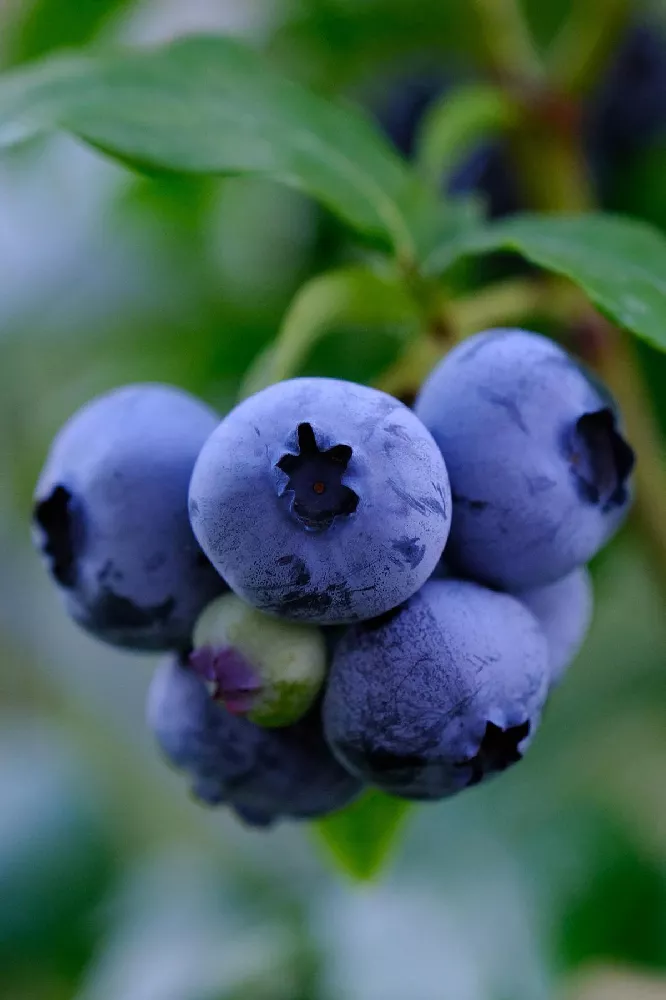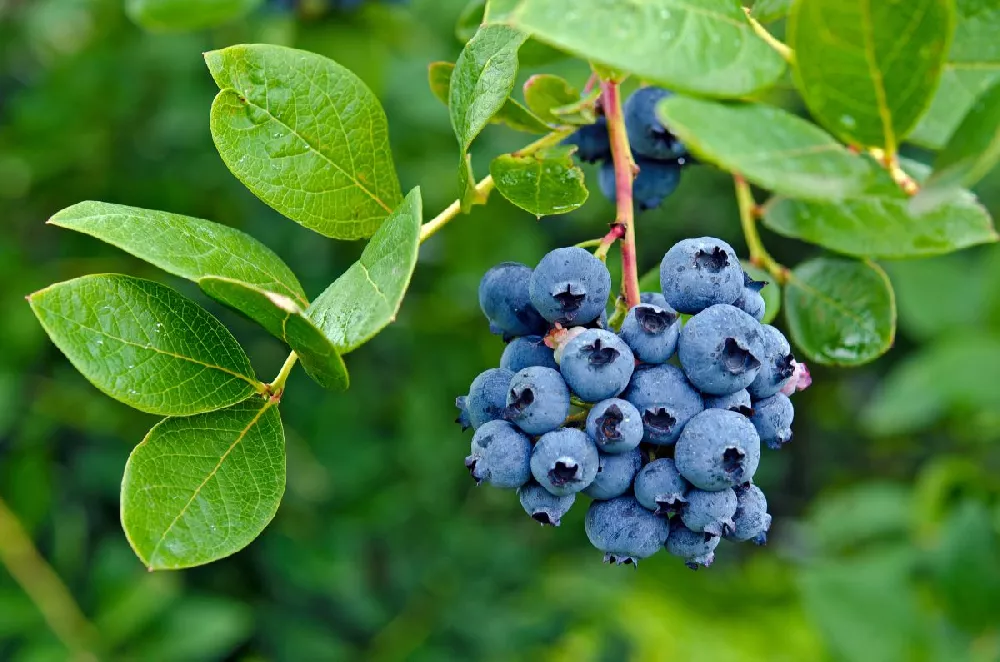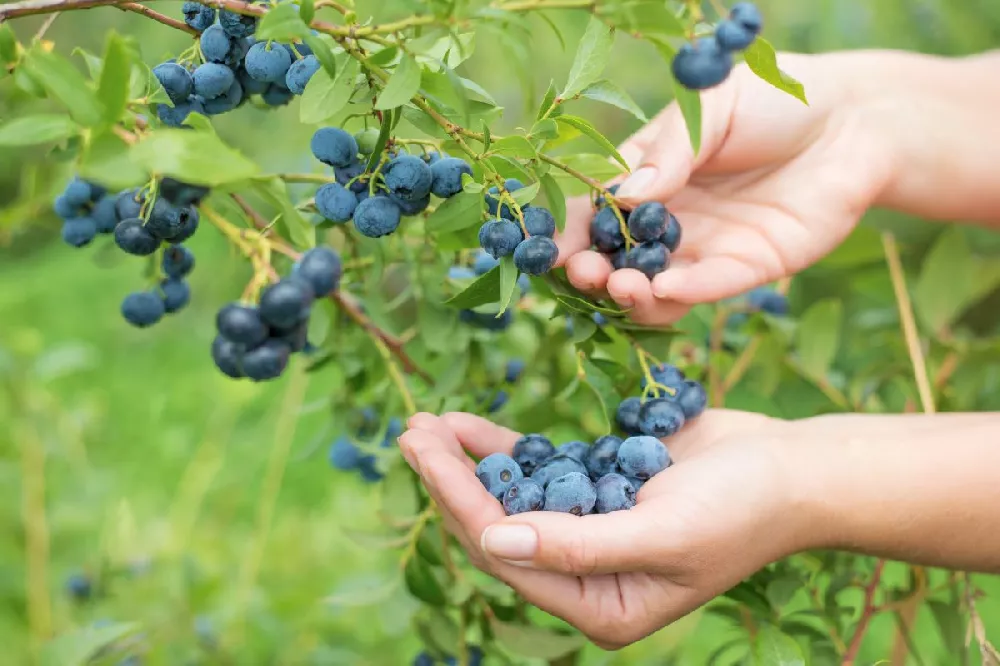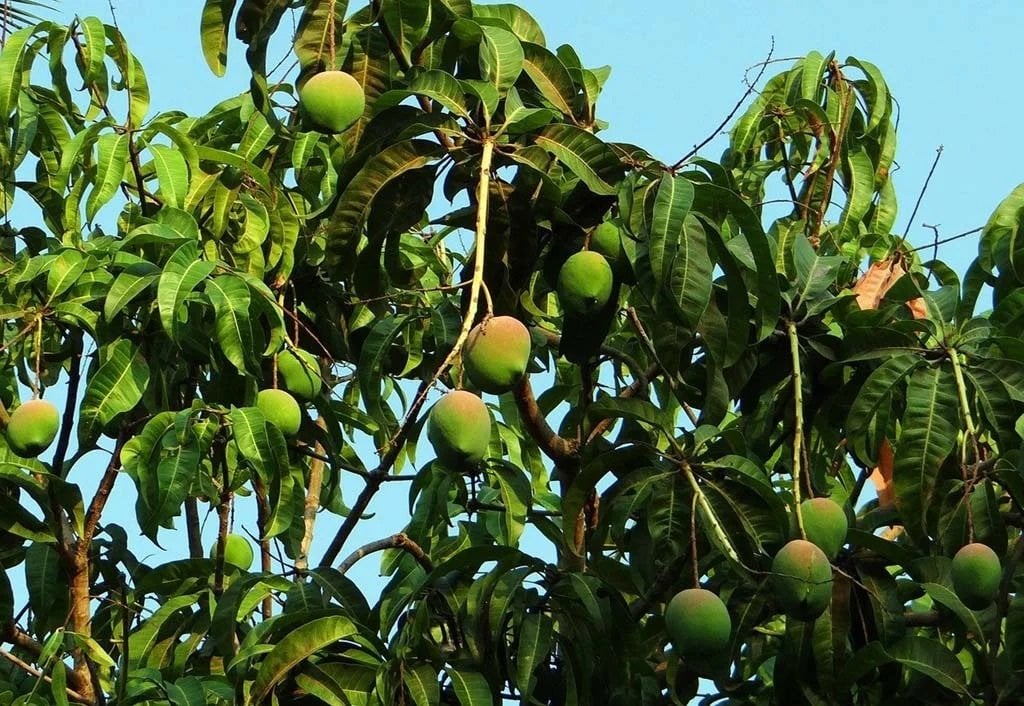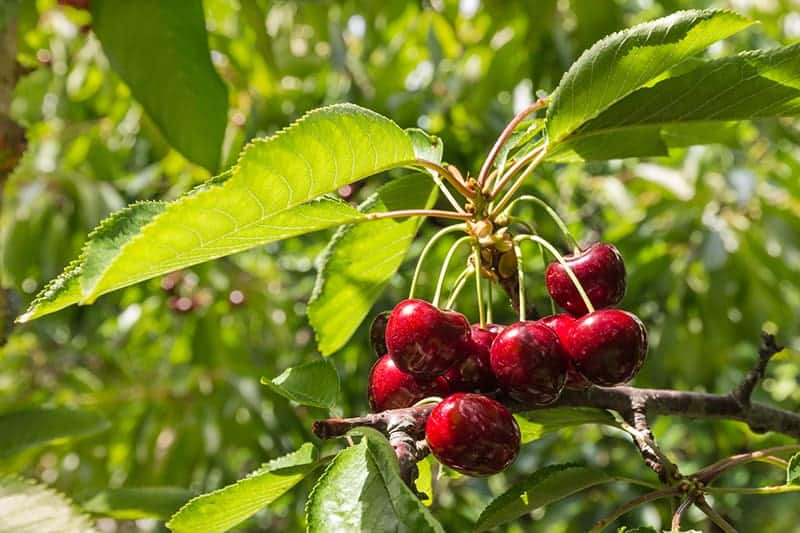- Home >
- Blueberry Bushes
Blueberry Bushes for Sale - Buying & Growing Guide
28 Results
-
Growing Zone(s): 4-8$99.95
-
Growing Zone(s): 6-8$77.95
$129.95Save up to 40% -
Growing Zone(s): 4-7$34.95
$38.95Save up to 10% -
Growing Zone(s): 7-9$24.95
$49.95Save up to 50% -
Growing Zone(s): 5-10$35.95
$47.95Save up to 25% -
Growing Zone(s): 4-8$42.95
$52.95Save up to 18% -
Growing Zone(s): 5-8$34.95
$41.95Save up to 16% -
Growing Zone(s): 4-8$65.95
$114.95Save up to 42% -
Growing Zone(s): 4-8$30.95
$37.95Save up to 18% -
Growing Zone(s): 3-8$34.95
$39.95Save up to 12% -
Growing Zone(s): 2-7$50.95
$63.95Save up to 20% -
Sold OutGrowing Zone(s): 5-8$94.95
How to Grow Blueberry Bushes
How to plant blueberry bushes
Blueberries thrive in acidic soil that has a pH between 4.5 and 5.5. If a soil test shows your soil to be more alkaline than that, add a soil acidifier such as a few handfuls of sulfur, or some peat moss. Your bush will thrive in full (six to eight hours daily) sun, and fertile soil with good drainage. Plant high bush blueberries four to six feet apart and low bush blueberries two to four feet apart.
Dig a hole that is twice as wide as the root ball and just as deep. Tease out any roots that are encircling the root ball so that they do not girdle and kill the bush. Place the bush in the hole so that the crown of the root ball is level with the soil grade. Fill in the hole with the topsoil you dug up, amended with compost or peat moss.
Water your new bush immediately, giving it a good soaking, with at least a gallon of water. Surround the bush with a layer of organic mulch, and build up a low berm around the root line so that water stays near the roots and does not run off.
How to achieve maximum results
The most important thing to know about blueberry bushes is how much they love acidic soil. With blueberries more than most fruit, you should do a soil test, or send a soil sample to a lab for analysis, to find out if you will need to amend it before planting. There are available fertilizers formulated just for acid loving plants like blueberries and hydrangeas, and they can help maintain the proper acidity in your soil.
How to Care for Blueberry Bushes
Watering and nutrients
For the first year or so, your bushes should receive one to two inches of water a week. If they do not receive this from rain, provide supplemental watering, preferably with a soaker hose, or by setting your hose to trickle and leaving it by the plant’s root area. Once established, plants need about one inch of water every ten days. Avoid watering so much that it puddles, blueberries do not like waterlogged roots.
Do not fertilize your blueberry bushes when you plant them; wait until the leaves are fully grown and then fertilize every six weeks until midsummer with a product made for acid loving plants. When the bushes are older, fertilize in spring when the plants first start budding out, and again throughout the season, as indicated by your fertilizer’s instructions.
Pollination
Blueberry bushes do self pollinate, but they yield a more bountiful harvest when there are several bushes planted near each other. The agents for pollination are wind and bees, which help distribute pollen to the spring flowers.
Pruning
Prune your blueberry bushes in the late winter when they are dormant. For young plants that are one to three years old, prune selectively to open up the bush to air and light, and to maintain the size and shape of your plant. Pruning will stimulate growth and increase fruiting ability. Once your bushes are bearing fruit, thin out short, thin shoots, and remove the oldest canes. Cut back branches that are growing too tall, leaving strong, upright canes to bear the crop. Also prune out any branches that are dead, or diseased, or rubbing against another branch.
Pests, diseases, and animals
Pests that prey on blueberry bushes include scale insects, stem borers, and leafrollers. For natural control, spray with horticultural and dormant spray oil. BT (bacillus thuringiensis) can be used on leafrollers, which are small yellow or green worms that “roll” the leaves until they are webbed together.
Diseases of the blueberry include botrytis blight, red leaf gall, and powdery mildew. Keep the area around the plants clea, and prune out any infected branches. An orchard spray may also help control disease. If you suspect anthracnose, which appears as small red or purple spots on the bark, employ a fungicide.
Rabbits may nibble at blueberry bark, or berries if they are on low branches. Birds also enjoy the berries. Bird netting is available at most garden supply stores, and it is your best defence against most animals that might be enticed by the sweet berries.
Harvesting
Harvesting can begin in your bush’s second year. Blueberries do not ripen after picking, so wait until your berries are fully colored and slightly soft before picking. Try one or two first to see if they are sweet and ripe. You should be able to pick about one and a half quarts of berries from a single mature bush.

